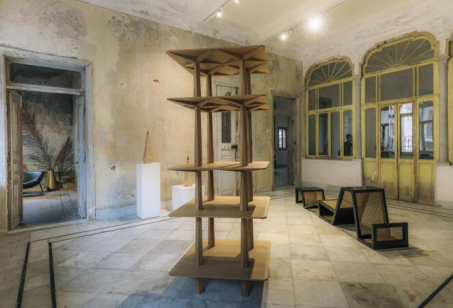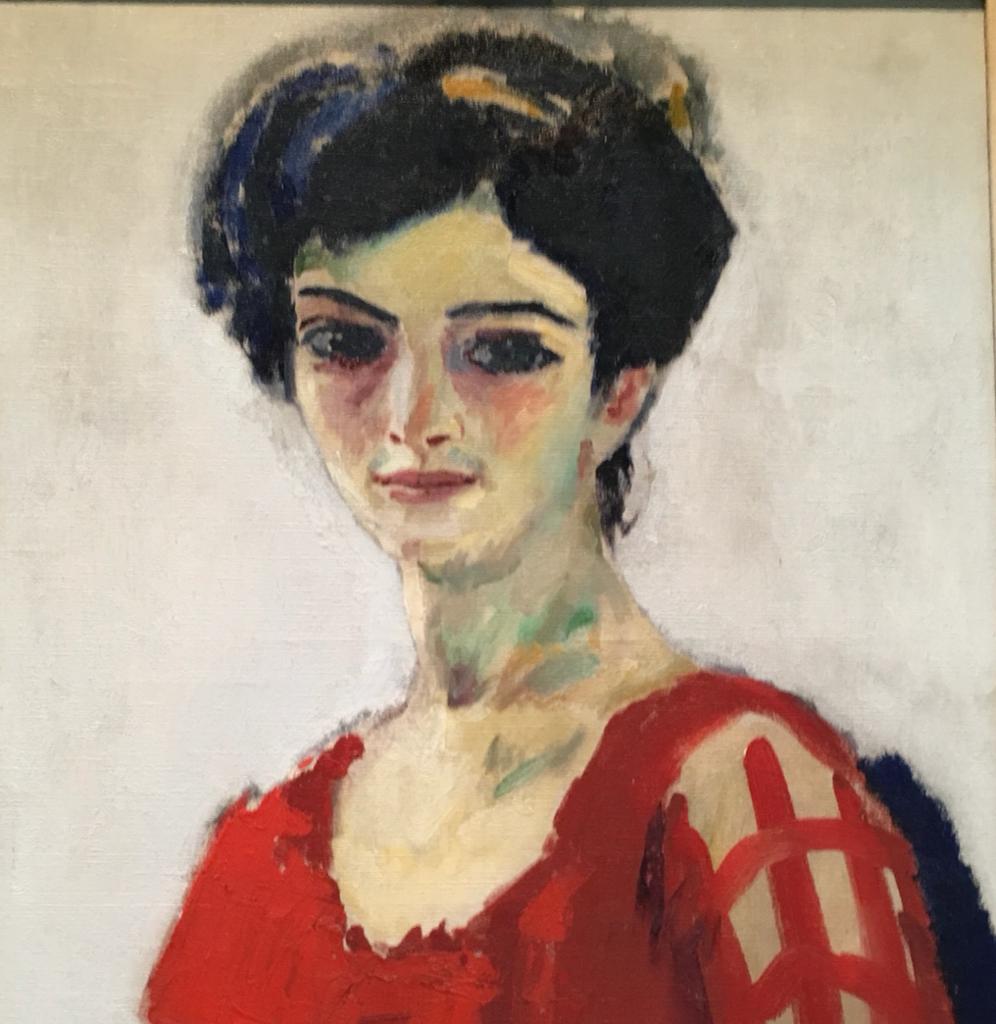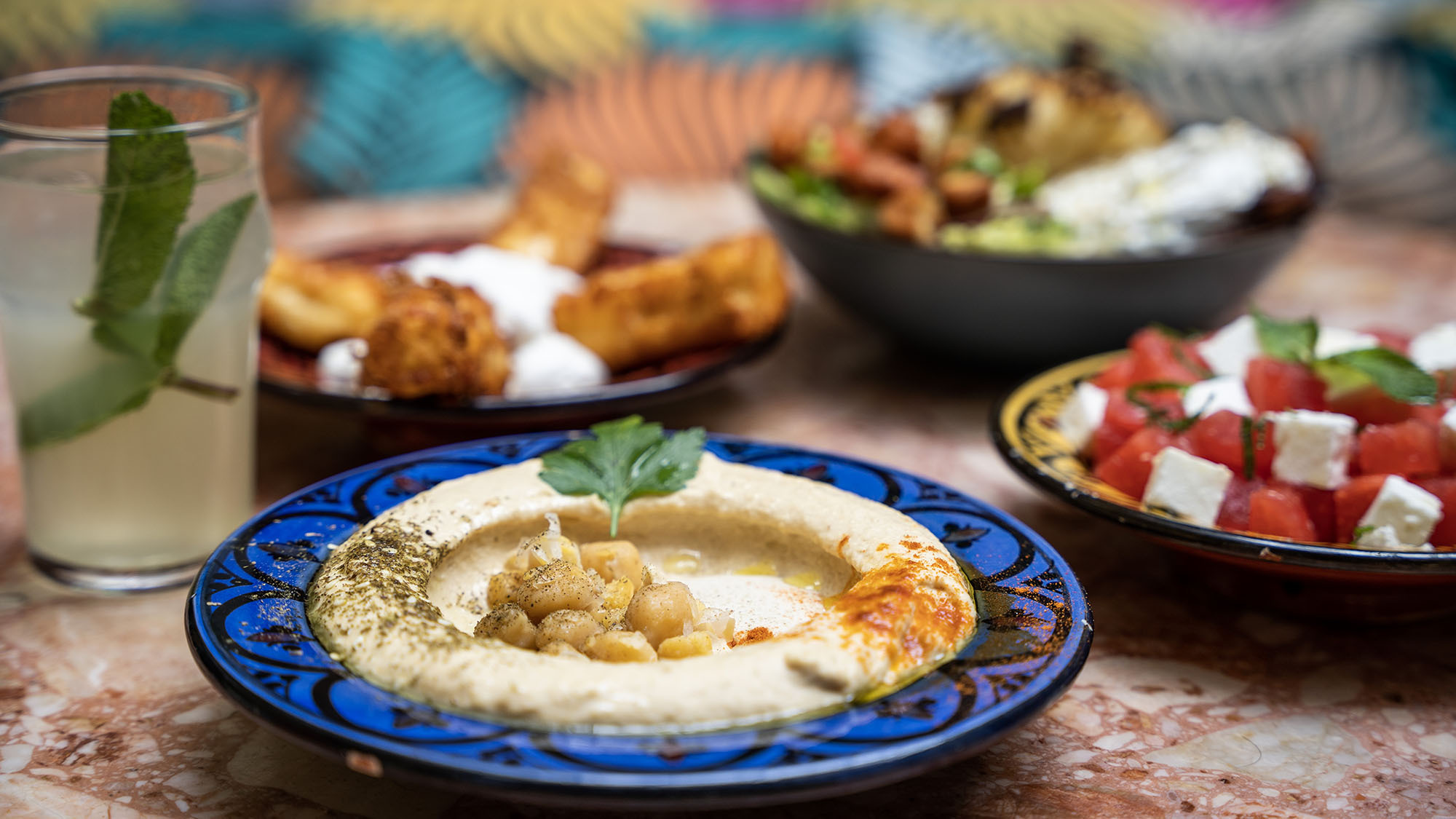
Between singularity and resilience, design is reinvesting Beirut

Beirut, cradle of unique design
Among the region's metropolises, Beirut is undoubtedly one of the most renowned for its creative effervescence, due to its mix of cultures and openness to the world. While the tradition of design can be traced back to the French presence in Beirut until the mid-20th century and the subsequent Westernization of the city, the various crises that followed were milestones in the emergence of design as a discipline per se.
When the capital had to be rebuilt after the civil war, urban development was favorable to investors and designers. Despite the absence of any established planning, gentrification and the renovation of certain neighborhoods eventually established the industry in the heart of Beirut, notably near the port in the Gemmayzeh and Mar Mikhaël districts, fostering the emergence of a micro-economy that would not exist without the diaspora.
Boutiques studios, agencies, exhibition centers such as the Beirut Art Center (BAC) or Galerie Carwan, as well as local contemporary art fairs (Beirut Art Design Fair)... a whole ecosystem is able to survive thanks to private funding, often from abroad, patronage and partnerships with Western institutions and museums. By opening its doors last May, the Ecole supérieure d'architecture du Liban, attached to the country's oldest university, intends to train the designers of tomorrow.
Two decades of international success
Since the early 2000s, Lebanese design has been exported to bypass the constraints of the local market, and has succeeded in imposing its distinctive mosaic identity, first in the Gulf cities (led by Dubai), then worldwide. Boasting a generation of designers who have passed through London, Paris and New York and who have mostly returned to the country, it is exhibited at benchmark fairs such as Art Basel Miami, Paris and Milan Design Week, among many others.
A pioneer of contemporary design in Lebanon, Nada Debs embodies this mix in her own way, both creatively and personally. Born in Japan, trained in architecture in the USA before settling in the UK, she is credited with fusing Asian minimalism with Arab geometry, industrial with artisanal, concrete with solid olive.
While her aim is to give "a form of pride back to the inhabitants of Arab countries, through the furniture and utensils they use every day",
thanks in particular to her special Ramadan collaboration with Ikea in 2021 or her collection of prayer rugs woven by Afghan women, she is also concerned with keeping alive a whole decorative heritage, prized by the greatest houses, such as Chanel or Bulgari.
This pride in "Made in Lebanon" design has been passed on to the second generation, who are ensuring that this distinctive identity continues. Carlo and Mary-Lynn Massoud, the david/nicola duo formed by David Raffoul and Nicolas Moussalem, Marc Dibeh, Nathalie Kayat, Karen Chekerdjian...all names whose reputation now extends beyond the borders of the Land of the Cedars.

Solidarity and resilience in the face of crisis
More than any other, this sector is committed to embodying resilience, carrying a message of solidarity loud and clear. Political crisis, pandemic, port explosion, economic and financial bankrupt: for the past four years, the country has been on the brink of collapse.
Rather than opting for despair, at a time when many workshops and studios were blown up by the explosion of August 4, 2020, the industry is rebuilding itself by continuing to highlight local strengths and bring out new talent, driven by this vision of regeneration that is as much material as it is social and spiritual. An aesthetic of stigma has even emerged: by preserving flayed objects and scars in the walls, it seeks to transcend the trauma.
Rumi Dalle, an up-and-coming artist, explains: the current context forced her to connect with the craftspeople in her neighborhood, the ones most affected by the confinements, and especially women. Her textile works, using techniques that are sometimes centuries old, also tell her story: that of a little girl born in the aftermath of the civil war, whose experiments with almost nothing have led her to question the relationship between creativity and sustainability.
Cherine Magrabi Tayeb, founder of the NGO House of Today, which has been supporting Lebanese craftsmen and architects for the past ten years, acknowledges that successive crises have not undermined the dynamism and inspiration of designers, but rather encouraged their rise to prominence.
Is Lebanese design a phoenix rising from the ashes? Drawing its strength from the light of the Mediterranean, the hustle and bustle of Beirut and the majestic calm of Mount Lebanon, Lebanese design has yet to reveal all the facets of its abundant identity.
Sources :
Ces designers qui font rebattre le cœur du Liban | AD Magazine
Beyrouth. Les temps du design au mudac - NOW Village
Le retour du design au Beirut Art Center - L'Orient-Le Jour (lorientlejour.com)



